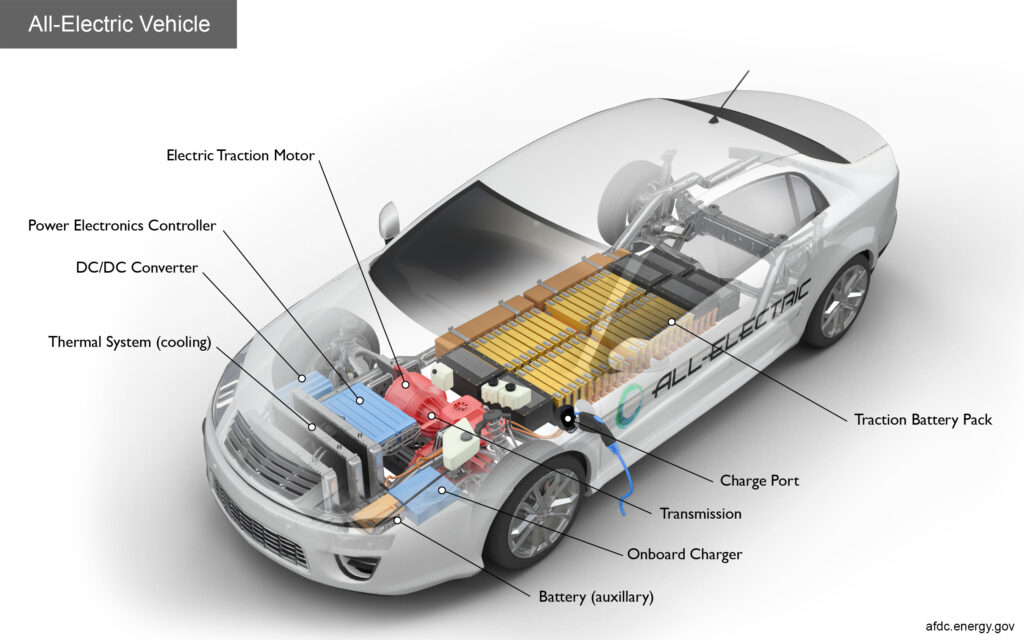Do Electric vehicles have short-range driving?
One of the most common yet important questions that pop out when we talk about electric vehicles is range. What is the range of an electric vehicle? How far can electric vehicles travel? Where do I charge my vehicle up again and how long will it take? Do electric vehicles have a short-range? When you switch to an electric vehicle, you can simply charge it up during a short break at a charging station.
Typically the range of a Battery Electric Vehicle is about 100-150 km, so because most vehicles travel about 35-70 km a day, the BEV may be a smart choice.
Before making a purchase, car buyers weigh many considerations — including convenience, design, and performance. If they were truthful and practical on how fast they ‘re driven, a plurality of customers willing to purchase electric vehicles will choose battery-powered cars that can drive fewer than 100 miles on a single charge, new research shows.
Development in the infrastructure inspires consumers to choose electric vehicles of short-range for their daily needs.
Different electric vehicles (EVs) will cover various distances (or ‘ranges’) after recharging, so it’s crucial to pick the one that better fits your driving requirements. The way you drive and the road conditions impact an EV spectrum as well.
Factors that reduce the electric vehicle range:
The distance the EV will go before having a recharge can be reduced by:
- Rough driving
- Long road climbs
- Non-stop elevated speeds (e.g. on a highway)
- Heavy headwinds
- Additional weight (e.g. three passengers and luggage)
- Reduction of storage power (the volume of energy the vehicle will supply)
- Increased utilization of the air conditioner.
CRE Motors and Hybrid Electric Vehicles:
At CRE motors we make use of Hybrid Electric Vehicle or (rechargeable) cars is a combination of a traditional combustion engine and a battery that can be plugged into an outlet to charge before driving. Hybrid electric vehicles range can cover kilometres functioning as a 100% electric car, offering a smooth ride.
Even when the battery is empty, the rechargeable hybrid car functions by recovering energy during slowing down and braking while the electric motor continues to boost the combustion engine when accelerating or starting the car.
Even with an empty battery, hybrid cars release less CO2 than traditional combustion engine vehicles. Hybrid Electric Vehicle(HEV) has the benefits of being able to function in 100% electric mode for everyday trips while also being able to cover hundreds of kilometres in hybrid mode.
Some Tips to Go the extra mile on Electric Vehicles:
- Eco-driving strategies are deliberately implemented to expand their ability. These involve sticking to a modest pace, preventing “fast launch” and optimizing regenerative braking by coasting where possible.
- The bigger the vehicle, the more power it requires per kilometre. Just make sure that you don’t have your trunk jammed with stuff that you don’t use too much.
- Try not to keep the car idle at 100% charge over longer stretches (more than 8 hours). In reality, leaving the battery almost or completely charged would adversely affect overall battery life.
- Planning ahead adequate room on cold days to have your Electric Vehicles plugged in until warming up. This would indicate that when you reach the lane, you can get more battery power.
Many Models have a range of up to around 300 miles on a fully charged battery and a luxurious car price to boot, although most versions of electric vehicles will go no more than 100 miles on a single charge. The recent study shows that most consumers should consider the range of 100-miles or less sufficient to satisfy their everyday driving needs, despite the battery costs now and in the expected immediate future.
